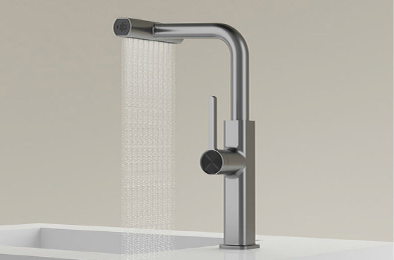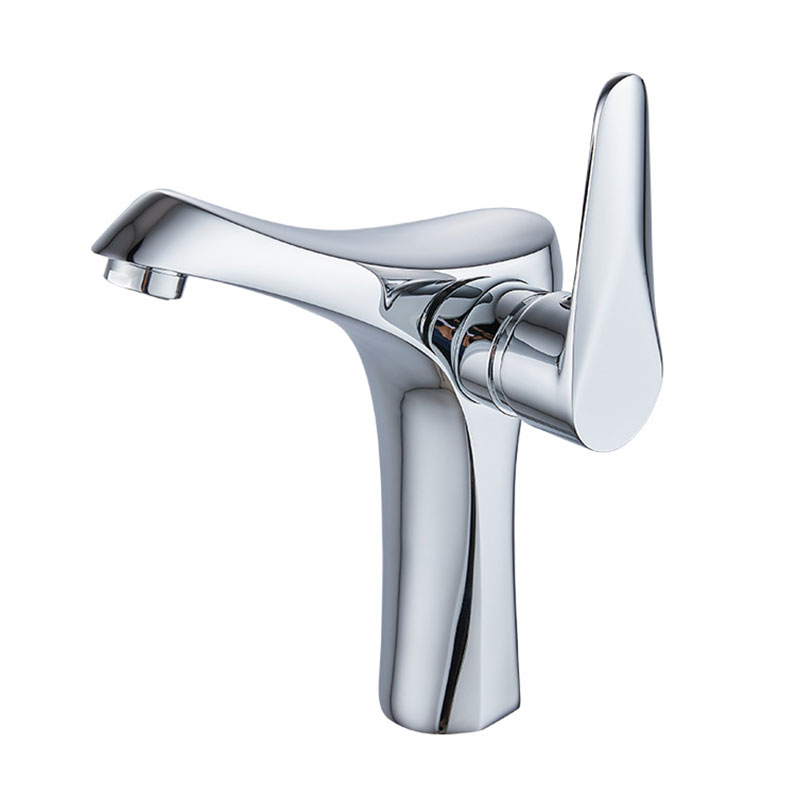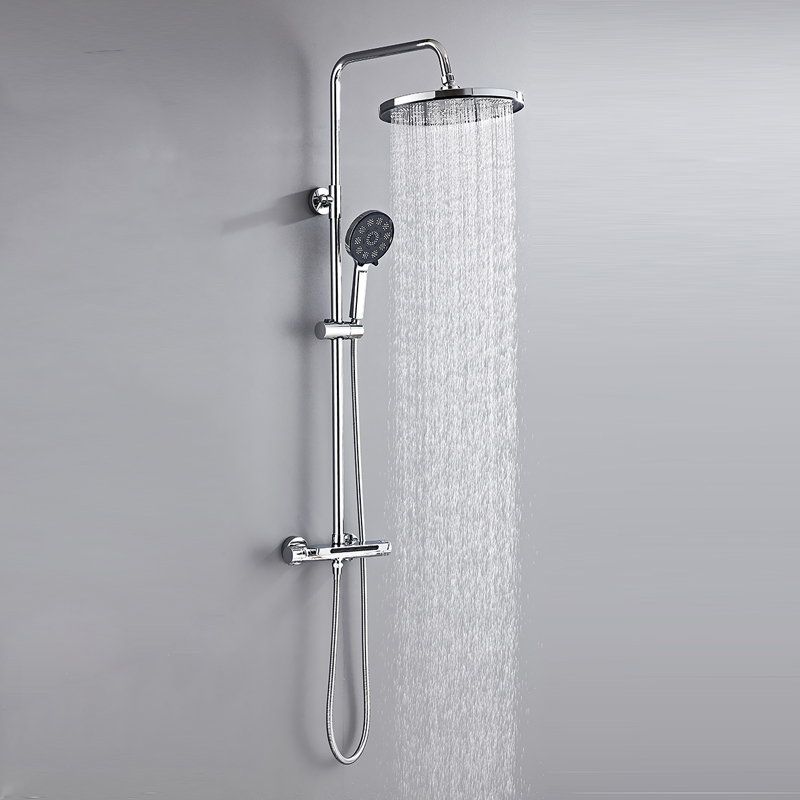If you want to replace the kitchen faucet, you don’t need to find a professional master. In fact, it is completely feasible to do it yourself. .
Why do you need to replace your kitchen faucet?
1. Affect normal use
Damaged faucets cannot work properly, affecting user experience
2. Technology is backward
Old faucets are outdated and no longer meet the needs of modern life.
3. Save water resources
Replacing new faucets can improve water resource utilization efficiency and save energy.
What tools are needed to replace a faucet?
1. New faucet
2. Basic tools such as screwdrivers, wrenches, and button pliers
3. Installation accessories such as rubber gaskets and sealing tapes
4. Towel or paper towel (for cleaning)
What are the steps to replace a faucet?
Step 1 - Turn off water and drain pipes
Make sure the water supply valve is closed to avoid wasted water and accidental splashes.
Open the faucet and drain the remaining water from the pipe to avoid water splashing if the old faucet is damaged.
Step 2 - Remove the old faucet
Use a wrench or snap pliers to loosen and remove the nut connecting the water pipe.
Remove the old faucet from the sink and make sure to clean the sink surface.
Step Three - Install the New Faucet
Apply a layer of sealing tape to the bottom of your new faucet to ensure it's waterproof.
Insert the new faucet into the sink hole and use a screwdriver or wrench to secure the nut.
Connect the water pipe and tighten the nut with a wrench to ensure there are no leaks.
Step Four - Check and Test
Make sure the new faucet is installed securely and is not loose.
Open the water source valve and check whether the new faucet is working properly.
Check whether there is leakage at the connection. If there is leakage, please retighten the nut or replace the sealing accessories.
Conclusion
Replacing your own kitchen faucet will not only save you money on repairs, but it will also improve your practical skills. Wish you a successful kitchen faucet replacement and a pleasant kitchen experience!









